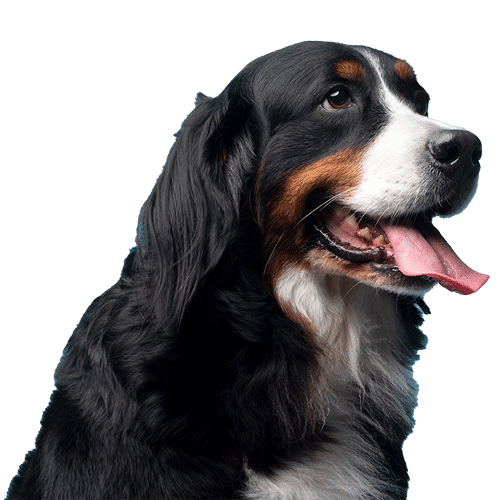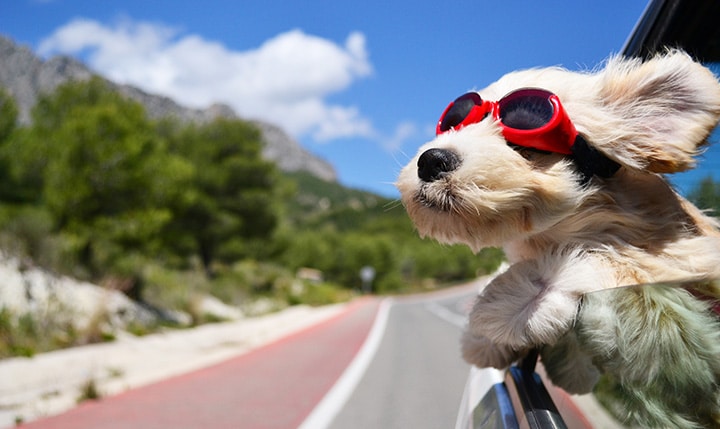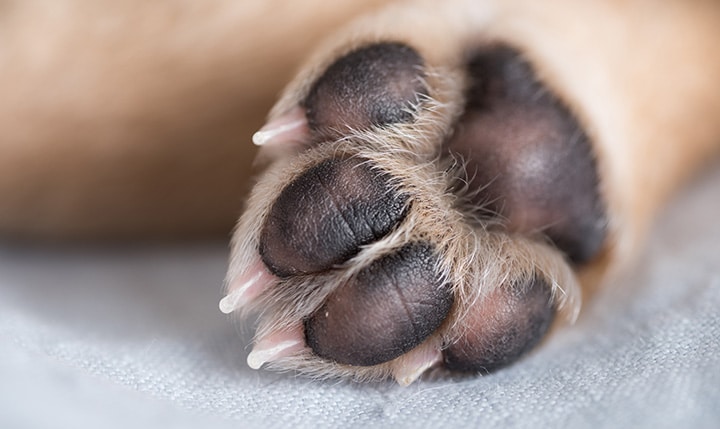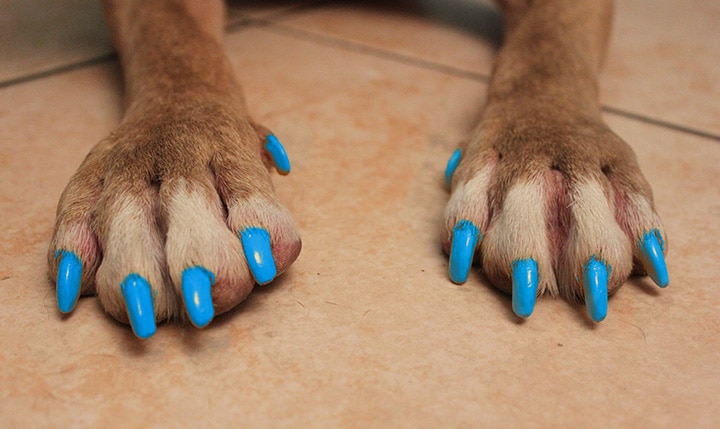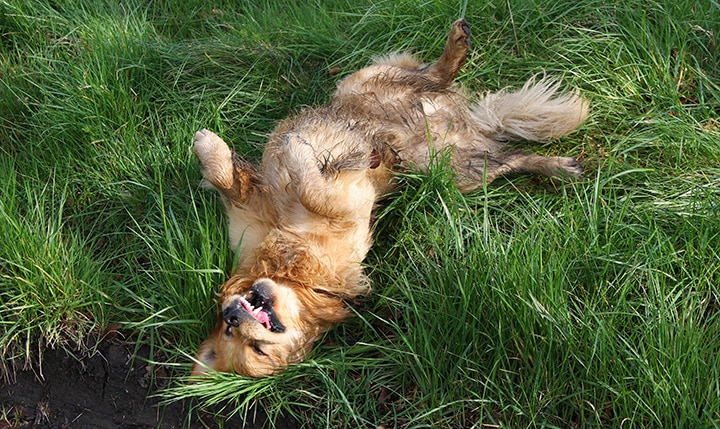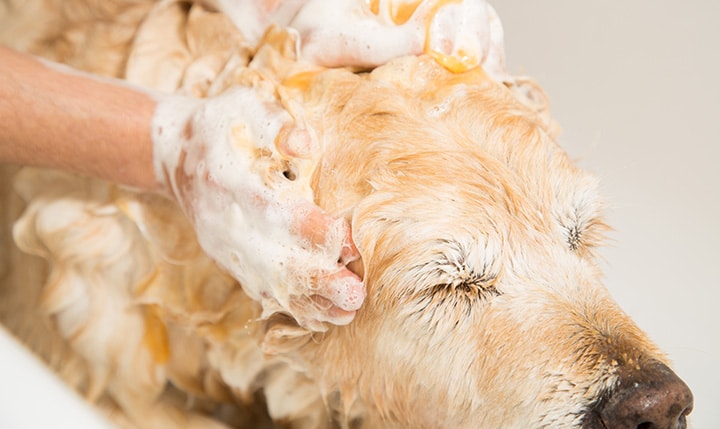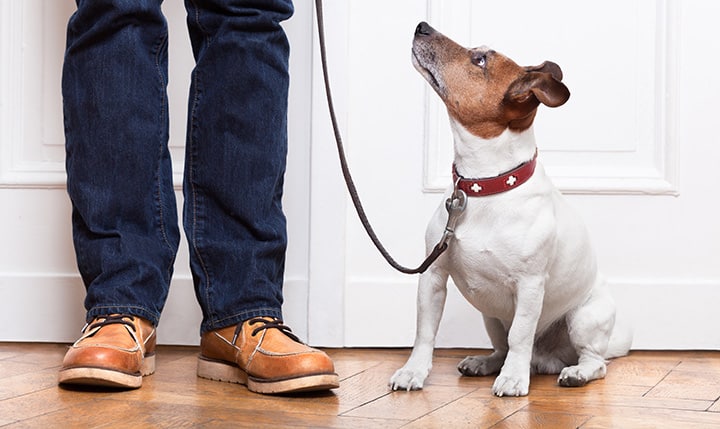Summertime Guide to Walking the Dog
How to Exercise Pet Safety While Walking the Dog in the Heat of Summer Walking the dog is one of the best ways for our four-legged companions to get exercise and explore the world. Dogs both love and need to […]
Summertime Guide to Walking the Dog Read Post
